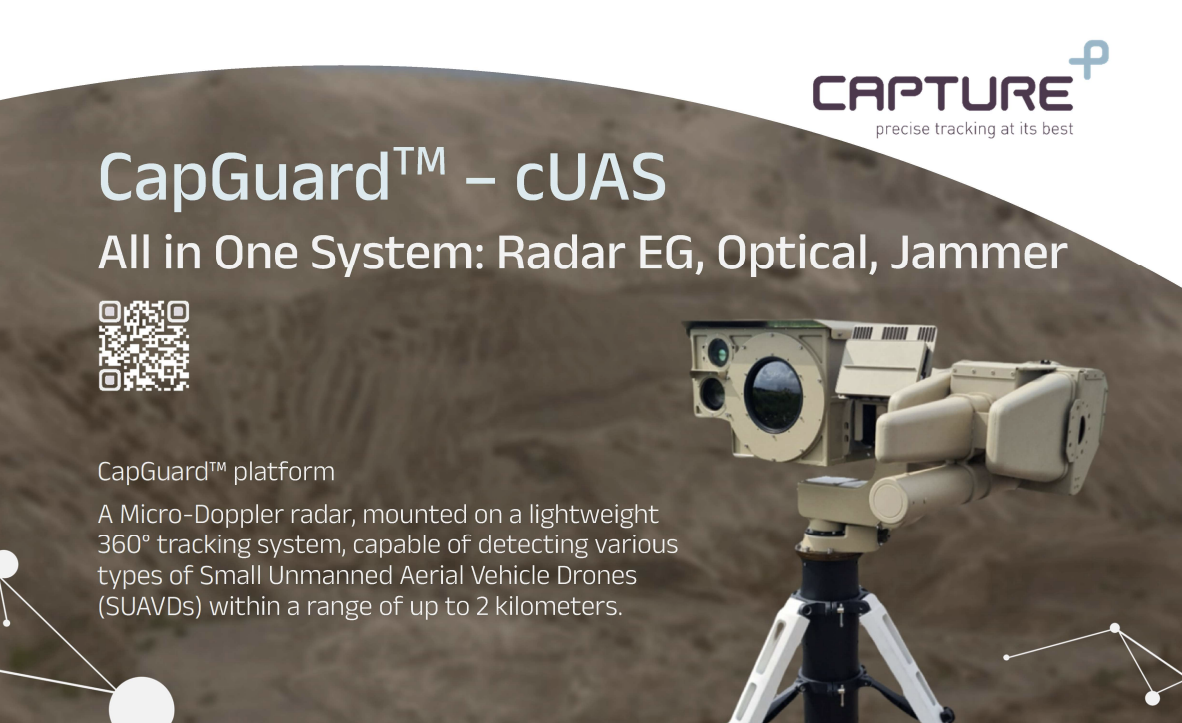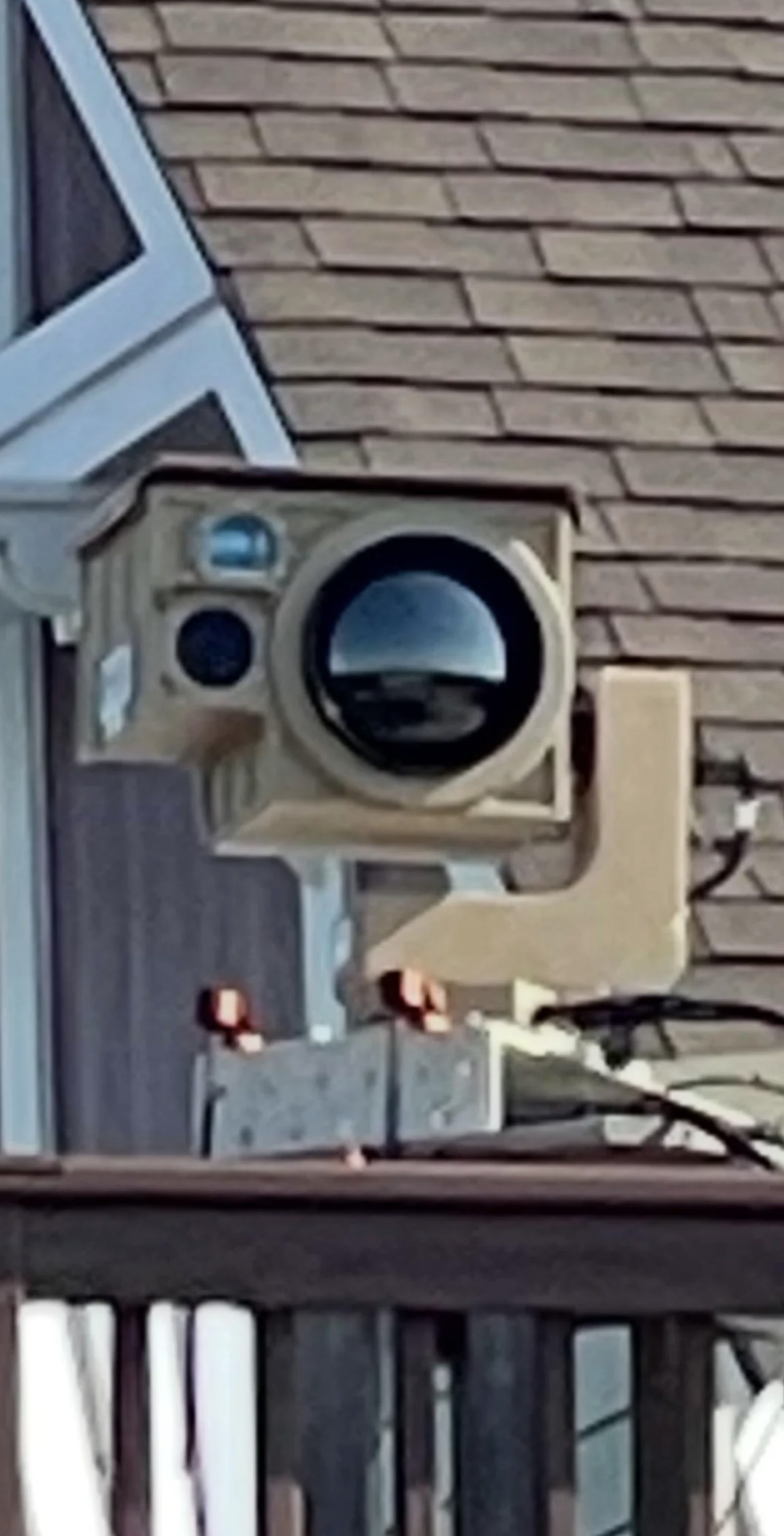Recently, a homeowner installed a CapGuard cUAS turret on their balcony, which immediately caught my eye. Such technologies aren’t frequently observed in residential neighborhoods. CapGuard is intended identification of rogue drones, specifically for counter-drone operations, although the devices typically displayed in military and heavily protected environments.
What Is a CapGuard cUAS Turret?
The CapGuard developed by Capture Systems is a counter-unmanned air system to detect, track, and neutralize a drone or drone system.
The turret installed contained:
- An motorized electro-optical/infrared sensor with thermal imaging and zoom capability.
- Multiple HD cameras to collect day and night images.
- Laser range finding capability and GPS assisted tracking.
Missing from the installation:
- Radar detection module with full identification of the drone at range.
- RF jamming module to disable the drone’s communication.
- A weapons integration platform like in some military versions.

Why It Raises Concern
Authorized manufacturers do not make this equipment available for commercial or consumer purposes, nor is it accessible to consumers at all. Even without any jammers or weapons system, a single turret:
- Provides long range surveillance capability including night vision and thermal imaging capability.
- Identifies dwelling and demographics in a neighborhood providing a means of intrusion and observation from afar.
- Could establish a legal jeopardy if adding tracking or jamming for drones not expressly authorized.
Possible Reasons For Installation
- The owner, or multiple residents in the neighborhood, likely are a defense contractors or security consultant.
- A counter drone detection system installed under specific authorization from the FAA or Homeland Security.
- It represents unauthorized and experimental surveillance of the drone systems.

What You Can Do
- Document the installation with pictures.
- Research local laws about the electronic or surveillance equipment including ordinance on housing.
- heck with the local authorities, i.e., code enforcement or with the local FAA office to ascertain the origin of the system.
- If safe and appropriate, engage in dialogue with the homeowner.
Surveillance in Civilian Settings
Military or defense technology are showing up in residential homes. The CapGuard turret on the balcony signals a shift in both the origin and purpose of surveillance tools, as devices once intended for professionals are now being used in civilian neighborhoods.




